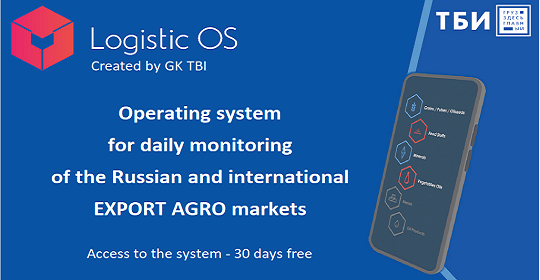Currently, the Ministry of Agriculture of Brazil has prepared a study with a forecast of the development of agribusiness in this country until 2033.
It is planned that there will be noticeable growth in all major positions.
In particular, there are plans that grain production in Brazil should reach 390 million tons over these 10 years.
This is an increase of about 25%, by 75 million tons in absolute terms.
As for corn, its production should increase by 27%, to 160 million tons.
There are also plans to increase the volume of soybean cultivation: by 21%, up to 187 million tons.
It is possible that in these 10 years, Brazil, along with the United States, will take the place of the leading exporter of soybeans.
If everything goes according to the set goals, then by 2033 both countries will be able to occupy 30% of the world soybean market, exporting about 70 million tons of this crop.
Brazil is also going to increase cotton production up to 3.6 million tons, the growth in this case will be about 27%.
Where will the increase in crop production come from?
It is assumed that the total area under crops in Brazil in 10 years will grow from 77 million hectares to 92 million hectares.
In particular, it is planned to develop new lands for this purpose, as well as to use those that are currently inefficiently used for other purposes — for example, for pastures.
However, in parallel with this, there are plans to carry out intensive development, that is, to actively introduce new technologies that make it possible to get more crops from the same area.
In particular, there are already plans to use a variety of genetic technologies, agronomic methods, and precision farming to increase productivity.
At the same time, almost 80% of the increase in sown areas will occur due to the increase in the cultivation of soybean, which is one of the main crops in this country.
Moreover, a significant part of this volume, over 120 million tons, should be exported.
What is the goal of increasing production?
In addition to ensuring the food security of Brazil itself, there are plans to significantly increase exports in order to generate more income.
One of the drivers for the development of production, in particular, corn and soybeans, is the growing popularity of biofuels, in particular ethyl alcohol and biodiesel produced on their basis.
In addition, corn is becoming increasingly important in the food market.
If Brazil manages to achieve the stated goals, then, among other things, it will be able to become a very significant player in the global food market over these 10 years.

